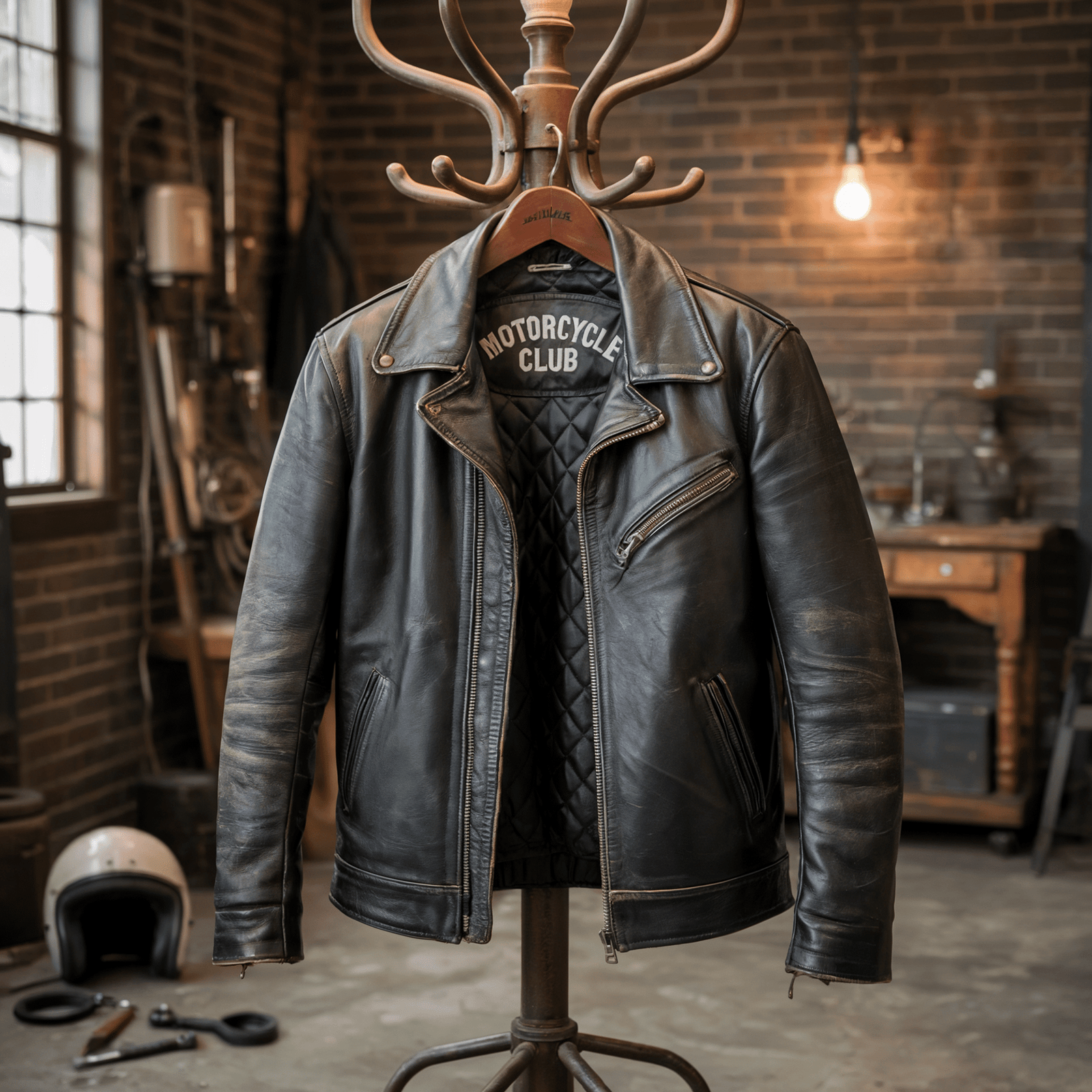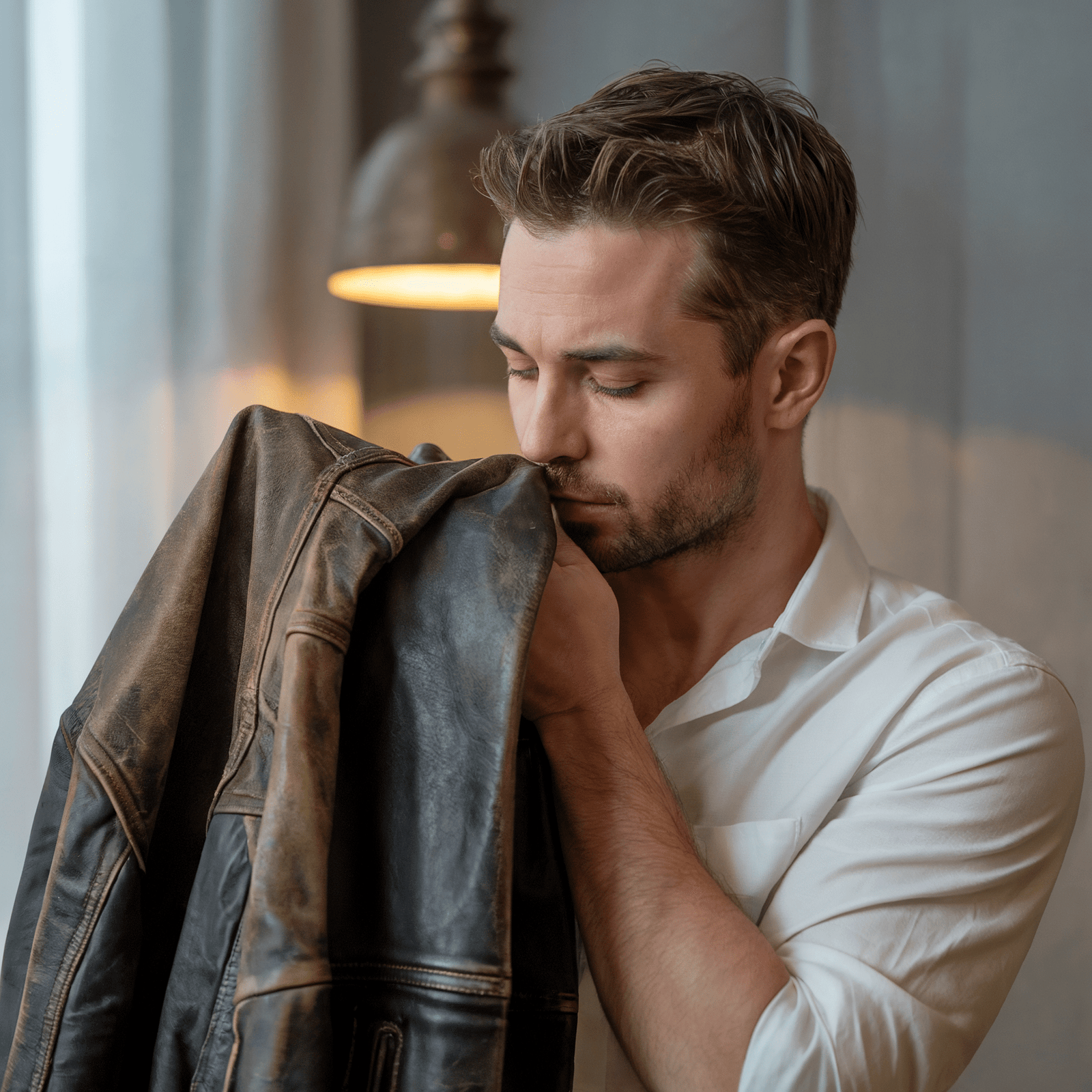Your Cart is Empty
BLACK FRIDAY SALE $25 OFF - USE COUPON BFRIDAY25 AT CHECKOUT NOW!
Menu

BLACK FRIDAY SALE $25 OFF - USE COUPON BFRIDAY25 AT CHECKOUT NOW!

A Comprehensive Guide to Leather Tanning
by Jennifer Smith April 01, 2023 6 min read
In the leather making process, the animal hide undergoes tanning. It is a process that alters the protein structure of the skin to protect it from decomposition. There are different types of leather tanning, each producing a different end product varying in texture and other qualities. This comprehensive guide will explore the different kinds of tanning and the tools and materials used in the leather tanning process. The blog will also help you understand the procedures carried out before and after tanning.
What is Leather Tanning?

Leather tanning is a process that transforms raw animal hides into durable leather. Tanning makes the hide suitable for the desired use, such as clothing, furniture, upholstery, and accessories.
Initially, the hair, fat, and flesh are removed from the hide to make it flat and clean before the tanning. The hide is then treated with tanning agents to turn it into imputrescible leather. After being tanned, the hide becomes resistant to moisture, microorganisms, and chemicals.
Significance of Leather Tanning
Leather tanning prevents the animal skin from decay, giving it optimum resilience and durability. Moreover, the leather tanning process makes the pelt incredibly resistant to abrasion and harsh elements, such as chemicals and heat. It is crucial to produce suitable leather for quality products that will last for years.
Among all the procedures the animal's hide goes through to turn into leather, tanning is vital in increasing its lifespan. It retains the moisture and flexibility of the hide, protecting it from dehydration.
How is Leather Tanned? The Tanning Process

The tanning process involves various steps and chemical treatments that turn raw hides into durable leather. The duration, use of tannins, and methods differ for each type of leather tanning. A point worth mentioning here is that modern technology has vastly improved the quality of leather tanned today. It significantly reduces the time and labor that was earlier required for tanning.
Preparation of The Hide for Tanning

Preparation of the hide for tanning involves removing any contaminants, such as blood or fat, from the animal skin before it can be tanned. Before tanning, hides go through various processes. The first is curing, which preserves the hide and halts the decomposition. Dry or wet salting, freezing, or sun drying techniques can be used to cure the hide. After curing, washing, soaking, liming, fleshing, and unhairing are further steps in preparation for tanning.
When the prepared hides reach the Tanyard, they undergo the following procedures:
1. Bating
Animal hides are treated with enzymes to soften them and are used to remove scud and unwanted proteins. This process is known as bating in the leather industry. Bating gives the level of softness and flexibility that you prefer in leather when it is ready to use.
2. Pickling
Pickling makes the fibers of the hides more receptive to tanning. It causes the hide to become more acidic, reaching a pH of 3 and allowing chromium tannins to penetrate the hide.
3. Tanning
This is the stage where the actual tanning process begins. Tanning involves putting the clean animal skin into tanning pits filled with tannins. The two most commonly used tanning methods are vegetable tanning and chrome tanning.
Vegetable tanning method is a long process, sometimes taking months to get the desired type of leather. It uses natural elements such as tree bark. On the other hand, chrome tanning is a much faster way to tan leather, using chromium salts.
Alternative tanning methods, such as synthetic tanning, brain tanning, or oil tanning, are also used for tanning leather.
4. Drying
The next step is the process in which the tanning agent is combined with collagen further. Drying gets rid of the excess water from the leather.
5. Splitting
At this stage, the hide can be divided into layers of desired thickness, which is known as splitting. Different leather thickness is required for different leather goods. The split layers can be categorized into the highest quality full grain, top grain, or split grain.
6. Re-tanning
Sometimes, leather manufacturers may require another round of tanning animal hides. It is called re-tanning, which gives distinct qualities to the material. It could change or add to the leather's softness, fullness, density, elongation, or color. Phases include neutralization, aniline dyeing, tanning, softening, drying, and polishing.
7. Finishing
Finishing is the final procedure after tanning, giving leather the desired texture and look. Finished leather is then ready to use. There are several leather finishing techniques, including aniline, semi-aniline, dry milling, or burnishing. It can also be coated with resin, providing a glossy patent leather finish. You may emboss unfinished leather as well.
Let's move on to the types of leather tanning and their significance.
Real Leather Tanning
Real leather tanning happens when tanning agents penetrate the skin and forge an irreversible connection with the skin's collagen fibers. It occurs when hides are tanned using vegetable or chrome tanning.
Chrome Tanning

The chrome tanning process, also known as mineral tanning, involves using chromium salts as a tanning agent, making a strong bond with the proteins in the animal skin. Leather tanned with chromium can be dyed and finished in various ways to give it different looks and finishes.
Chrome tanning process is much quicker, letting manufacturers tan an entire batch of hides in a single day. This tanning method produces very soft leathers, perfect for shoes, bags, and other fashion items.
Alternatively, chrome free leathers are also available now, which are tanned without using chromium salts.
Vegetable Tanning

Vegetable tanning is an ancient way to tan leather using organic tannins. It involves soaking the hides in a solution of natural tanning agents, such as tree bark, nuts, and shrubs. Commonly used tanning agents include sumac, olive leaves, apple, mimosa, or quebracho.
The soaking of the hide continues with the increased strength of the tanning agent in the solution, after which the leather is sun-dried. The result is a durable and slightly stiff leather that lasts longer than the one created via other tanning processes.
Difference Between Chrome Tanned and Vegetable Tanned Leather
- The vegetable tanning process takes a longer time than the Chrome tanning process.
- Fibers of leather that undergo vegetable tanning are clearly visible, giving it a unique character.
- Vegetable-tanned leather is more expensive than chrome-tanned leathers.
- As compared to any other tanning process, vegetable tanning produces sturdier leather.
- The smell of chrome-tanned leather is like chemicals, while vegetable tanning gives the leather a sweet woody aroma which is highly sought after.
False Tanning of Leather
False tanning techniques are methods where the hide is treated with an unstable tanning agent that can be washed away. Here are some common types of false tanning methods used to preserve leather.
Rawhide Tanning
Scraping the hide, soaking it in water, and stretching it as it dries is known as rawhide tanning. The result is stiff and brittle and is frequently used to make drum heads, shoelaces, and dog chew toys.
Oil Tanning
It is an ancient tanning method where fish oil or other fats are applied to a dried hide. The oil permeates the leather, making it waterproof, supple, and incredibly rugged.
Brain Tanning
In this method, the brain mass of the animal is rubbed and pressed onto the hide to make it soft. After stretching the hide, it is given wood smoke to preserve it further.
Custom Options For Tanned Leather Jackets
At Leather Skin Shop, our valued customers benefit from choosing the type of tanning they desire for theircustom leather jackets. Depending upon the softness, flexibility, and durability level, the customers can tell us about their choice of leather tanning, and we will make it happen! Choose from a variety of designs that we have showcased to craft the perfect customized leather jacket for yourself.
FAQs
Which Chemical Is Most Commonly Used for Tanning Leather?
Chromium sulfate is commonly used for tanning leather. It is a salt that helps to bind the collagen fibers in the hide, making it more durable and resistant to water damage. It also gives the leather its distinctive color and texture.
How Can Leather Be Tanned Most Effectively?
The most efficient way of leather tanning is Chrome tanning. It uses fewer chemicals and less time. Chrome-tanned leather is consistent and retains its qualities throughout time. Making products suitable for use or wear.
What Different Techniques Are There for Tanning Leather?
The three most common tanning techniques used to create leather are:
- Chrome tanning
- Vegetable tanning
- Chrome-free tanning
Why Is Leather Tanning Important Before Putting It up for Sale?
Tanning helps preserve the color of the leather so that it looks better when sold. Tanning also helps to protect the natural oils in the leather, which keeps it soft and flexible. Before a sale, manufacturers can ensure that their customers get a durable product.
Conclusion
Tanning is a process that is vital to preserving the skin of the animal, turning it into usable leather. It adds to the durability of the hide and makes it ready for the finishing processes. Vegetable and Chrome tanning are commonly used techniques to tan leather, each producing leather that is suitable for particular uses. We hope our leather tanning 101 helped you understand this process and how it can affect the quality of the product you purchase.
Leave a comment
Comments will be approved before showing up.
Also in Blog | Leather Skin Shop

Types of Sleeves in a Leather Jacket
by Jennifer Smith August 24, 2025 6 min read
The different types of sleeves shape the shoulder, control the movement, and change how the leather jacket looks in motion. There are various types of sleeves, such as cap sleeves, bell sleeves, raglan sleeves, and more.

How to Get Smell Out of Leather Jacket?
by Jennifer Smith August 08, 2025 4 min read
Over time, a leather jacket can smell like sweat, mildew, or smoke. But do not worry, there are safe, proven ways to get rid of those unpleasant smells at home.

What Is A Trench Coat
by Jennifer Smith August 02, 2025 6 min read
A trench coat is a long, lightweight outerwear piece designed to protect against wind and rain. Its defining features include a double-breasted front, a belted waist, wide lapels, and often epaulets and a storm flap.
Leather Jackets for Men
Leather Jackets for Women
Accessories for Men & Women
Recent Articles
- Types of Sleeves in a Leather Jacket
- How to Get Smell Out of Leather Jacket?
- What Is A Trench Coat
- What Is A Peacoat Jacket?
- What is Polyester Fabric?
- What is Satin Fabric?
- What is Shearling Leather?
- Varsity Jacket Or Letterman Jacket? Everything You Need To Know Before Buying
- What is Semi Aniline Leather?
- What Is Cotton Fabric?
Size Chart